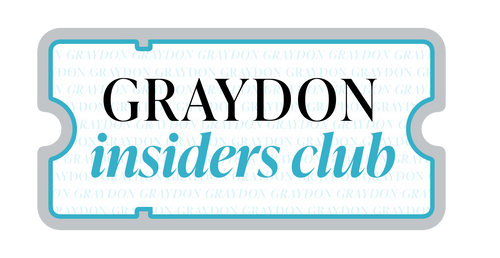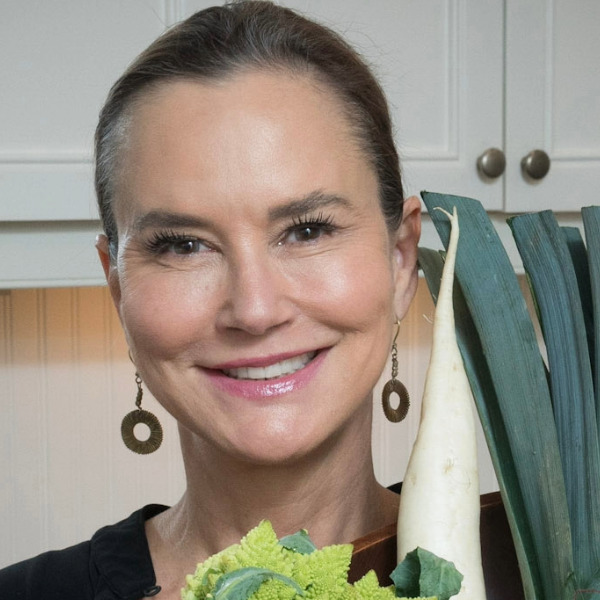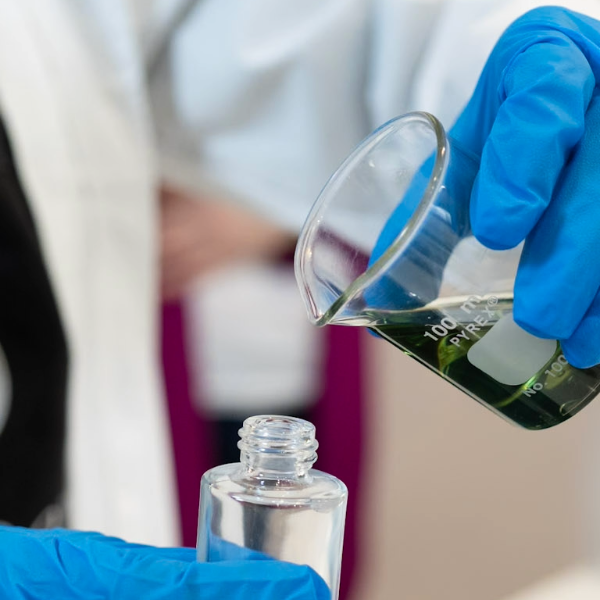Hi Lauren, 😍
I want to start by thanking you for being a member of our plant-powered family. I’m so grateful for your support.
Now, to answer your question: What ingredients to avoid in skincare products for oily skin/dry skin?
Let me start by saying that even though there are specific skin types, everyone’s skin is different. That means everyone’s skincare routine will be different. What works for one person may not work for another, even if they have the same skin type. That said, there are some general guidelines for oily skin and dry skin. Consider the following information a jumping off point to help you create your unique skincare routine.
About oily skin
Oily skin is defined as having a shiny appearance with a greasy feel. This skin type is the result of excessive sebum caused by overactive sebaceous glands. Fun fact: excess sebum production is considered to be more than 1.5mg every three hours.(1)
If you wash your face with a gentle cleanser, don’t apply anything else and your skin looks shiny and feels greasy after an hour, you have oily skin. People with oily skin tend to have large pores and an increased likelihood of acne.
Recommendations for oily skin
Cleansing: Have you heard that oil cleansing is great for oily skin? It’s true, but I recommend that if you have oily skin, you follow up your oil cleanser with a foam cleanser. This is called a double cleanse.
The oil cleanser will help attract and break down excess sebum and buildup, while the foam cleanser will help wash away sweat and dirt. When it comes to foam cleansers, our Face Foam is a great option for oily skin. It’s formulated with azelaic acid to help fight blemishes and also contains salicin from white willow bark. Salicin is an anti-inflammatory that helps to gently exfoliate the skin and regulate sebum production.
Moisturizing: You might be surprised to hear this, but even if you have oily skin you still need to use a moisturizer. That said, I recommend avoiding thick/heavy moisturizers, especially those that contain comedogenic (AKA: pore clogging) ingredients like cocoa butter and beeswax.
A great option for oily skin is our Phyto Clear moisturizer. This lightweight, gel-like moisturizer is formulated with non-comedogenic oils. It also contains two types of botanical retinol including bakuchiol. In addition to its ability to increase the rate of skin cell renewal and boost collagen production, bakuchiol has anti-inflammatory and antibacterial properties that can be helpful for oily and acne-prone skin.
Now that you’ve got some ideas about how to care for oily skin, let’s go in the complete opposite direction and talk a little bit about dry skin.
About dry skin
Dry skin is defined as having a dull appearance with flaking, inflammation and an itchy, tight feel. This skin type usually has a lack of sebum. Fun fact: when the sebaceous glands produce sebum at a rate of less than 0.5mg in three hours, dry skin can result.(1)
If you wash your face with a gentle cleanser, don’t apply anything else and your skin looks flakey and feels tight and itchy after an hour, you have dry skin. People with dry skin tend to have small pores and more visible lines.
Recommendations for dry skin
Cleansing: When it comes to cleansing dry skin, one of the ingredients to approach with caution is salicin (or salicylic acid). While this is a great ingredient for oily skin, its ability to regulate sebum production is not great for dry skin. Instead, look for ingredients that help to nourish and hydrate the skin.
Our Aloe Milk Cleanser is a soothing cream cleanser that’s great for dry skin. As the name suggests, it’s formulated with aloe vera juice. Aloe vera is a humectant, meaning it helps to attract moisture to the top layer of the skin. It also has anti-inflammatory properties that can help to calm redness and irritation.
Moisturizing: Once again, what’s helpful for oily skin is pretty much what you want to avoid for dry skin, so it’s probably best to use retinols (especially traditional retinols) sparingly and with caution. Instead, try moisturizers that contain occlusive ingredients like cocoa butter. And just in case you need a little refresher, an occlusive acts as a sort of barrier that helps to prevent moisture from evaporating from the skin.
If you have really dry skin, I suggest trying our Putty moisturizer. In addition to cocoa butter, this soothing moisturizer is formulated with colloidal oatmeal. The benefits of this ingredient are numerous. For starters, it’s well-known for its ability to decrease itching.(2) It also has a high percentage of linoleic acid,(3) which is a fatty acid that plays an important role in skin barrier function. Both of these are important factors when it comes to caring for dry skin.
So now that you have a better understanding of oily skin and dry skin, let’s talk about having these two skin types at once!
About combination skin
If your skin is oily in some areas and dry in others, you have what’s called combination skin. According to dermatologists, this is the most common skin type. In most cases, combination skin is characterized by an oily T-zone (forehead, nose and chin) with dry cheeks and jawline. But of course, everyone’s skin is different and not everyone with combination skin will be oily and dry in the same areas. On top of that, not everyone with combination skin will have the same level of oiliness or dryness.
Recommendations for combination skin
Use gentle exfoliation: Aggressive exfoliation can seem like a good idea. I mean, a good scrub will clear out those clogged pores in the T-zone and remove the dry skin flakes on the cheeks, right? Sorry. That’s just not the case.
When it comes to exfoliating, I recommend steering clear of scrubs with grit as these can easily irritate the skin and cause inflammation. Instead, try a Bamboo Charcoal Sponge. Not only does it gently exfoliate with konjac plant fibres, the charcoal also helps to remove build up in the pores.
Avoid harsh/drying ingredients: This includes (but is not limited to) synthetic fragrances and dyes, sulphates and alcohol. Drying out oily skin with harsh ingredients is not the way to combat oily skin; this approach can actually make oily skin worse. You see, when you strip your skin of its natural sebum, your skin thinks “Oh no! My protective layer is gone!” Your sebaceous glands then go into overdrive, resulting in even more sebum.
And it probably goes without saying, but using drying ingredients on already dry skin is just not a good idea. Two wrongs don’t make a right.
Side Note: You may notice cetearyl alcohol, cetyl alcohol and stearyl alcohol in the ingredient list of some of our products. Don’t be alarmed! These are known as fatty alcohols and they are not harmful to your skin. In fact, they are actually vegetable waxes that act as emollients.
If you’re using an astringent after cleansing, I suggest switching to a water-based toner like our Face Food Mineral Mist. This multipurpose mist helps to hydrate dry skin and is formulated with a mineral complex that includes zinc to help absorb excess oil. Best of all, it can be spritzed on the face throughout the day whenever your skin needs a little TLC!
Use different moisturizers on different areas of your face: There’s no rule that says you have to use one moisturizer on your entire face. If you can find a moisturizer that works well for your oily areas and dry areas, great!
Our Skin Stuff Face + Eye Cream just might do the trick. It’s ultra-lightweight and doesn’t contain any comedogenic ingredients (so it won’t clog your pores)—perfect for oily skin. It also contains mineral-rich maple sap water to hydrate your skin, pomegranate seed oil to seal in moisture and botanical ceramides to help improve your skin barrier function—perfect for dry skin.
But if you can’t find a product that meets all of your skin’s needs, consider applying one moisturizer in your oily areas and another in your dry areas.
Final words
So there you have it!
I hope these general guidelines help you to create the perfect skincare routine for your skin’s unique needs. If you’d like a little extra help, email our product experts at hello@graydonskincare.com!
________________
Congested skin and clogged pores are common skincare concerns. Click here to learn about what causes these issues and how to address them.









